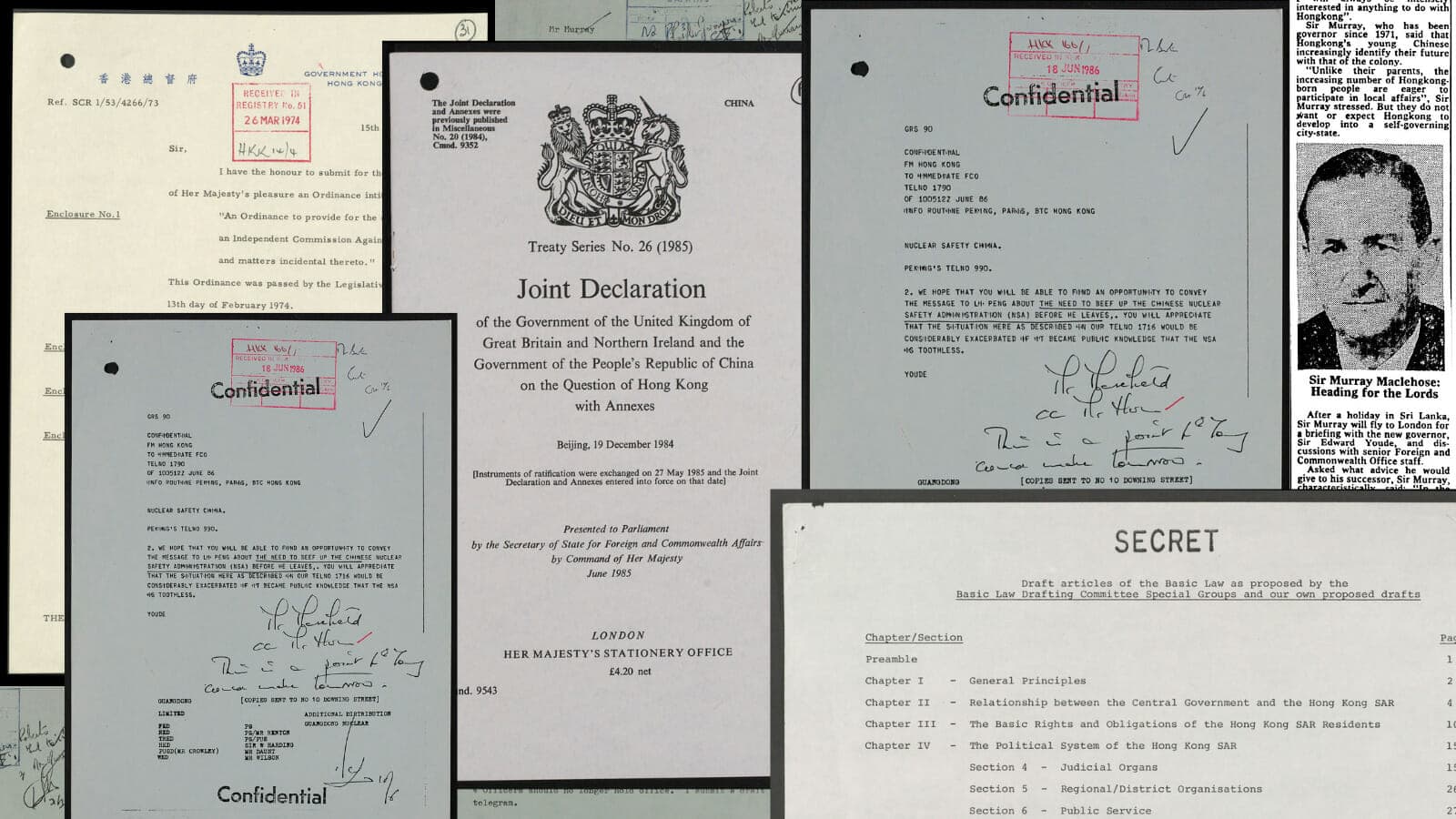|By Liping Yang, Senior Manager, Academic Publishing, Gale|
Gale released China and the Modern World: Hong Kong, Britain, and China Part 1, 1841–1951 in August 2019. During that summer and subsequent months, Hong Kong made the headlines of international media due to a series of large-scale mass protests launched against the government’s introduction of a bill to amend the Fugitive Offenders Ordinance with regard to extradition. The protests turned into riots and plunged the city into political conflict, which did not end until after the outbreak of COVID in 2020. Such protests or riots are nothing new in the history of Hong Kong. Actually, in 1967, a series of riots of comparable scale swept across the city, leading to violent confrontation between the rioters and police, and causing mass arrests and injuries. Such riots constitute just one of the many topics covered by the just released Hong Kong, Britain, and China Part 2, 1965–1993, the seventh module in Gale’s China and the Modern World series of digital archives.
What’s included in Hong Kong, Britain, and China Part 2, 1965–1993?
Consisting of approximately 390,000 pages digitised primarily from the records of British Foreign and Commonwealth Office FCO 40 series, plus a small portion from FCO 21 held at the UK National Archives, this module continues where Hong Kong, Britain and China Part I, 1841–1951 left off and documents the process of Hong Kong manoeuvring, surviving, thriving, and transforming itself into a modern international metropolis and financial centre in the wider context of the Cold War.
During the period covered, Hong Kong became a significant locale for economic and political encounters between communist China, the Western free world, and the US-backed nationalist government in Taiwan, as well as other parts of Asia, especially Southeast Asia. This is also why the archive provides an essential primary source collection in English for researching the post-WWII history of Hong Kong and China, Britain and the British Commonwealth, the Sino-British relations, and the global economy.
Research Topics
The archive supports an array of research topics, including the labour disturbances and riots of 1966–1967, social reforms of the 1970s, the Vietnam War and Vietnamese refugees, espionage and intelligence operations, police corruption and anti-corruption actions, reactions to Chinese political and economic events, anxieties about the city’s future, and negotiations and preparations for the city’s handover to China.
• Anti-Corruption Efforts
With the leftist riots dying down toward the end of the 1960s, Hong Kong entered a new period of social reforms and development under Sir Murray MacLehose, the twenty-fifth governor of Hong Kong (November 1971–1981). Anti-corruption is one of MacLehose’s illustrious achievements.
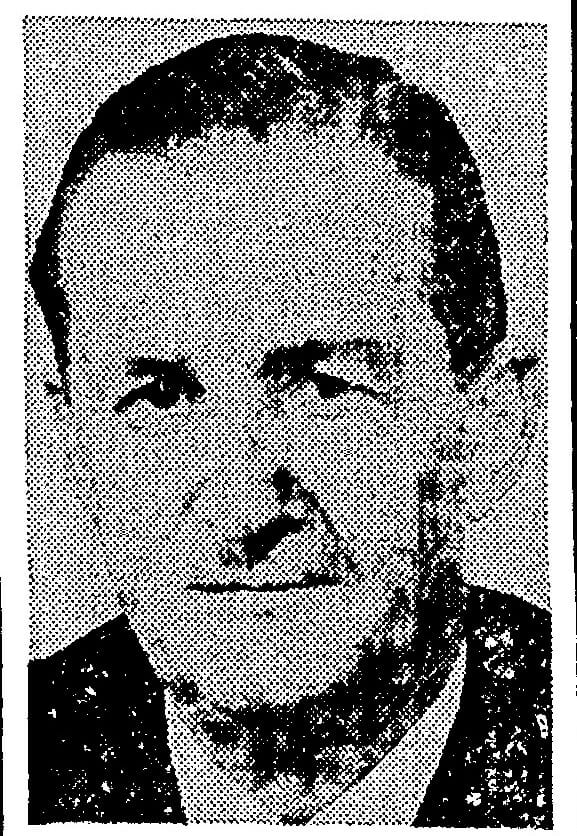
Police corruption had been a long-standing issue in Hong Kong since its inception in 1841. It evolved into an extremely prominent and rampant problem in the colonial city in the 1960s, reaching a peak between 1962 and 1974 and involving officers of all ranks and ethnicities. To counter and eradicate such corruption, Governor MacLehose made a firm decision to establish the Independent Commission Against Corruption (ICAC) in 1974. The document shown below is a despatch from the governor himself on the passing of the ordinance required for the establishment of the ICAC.
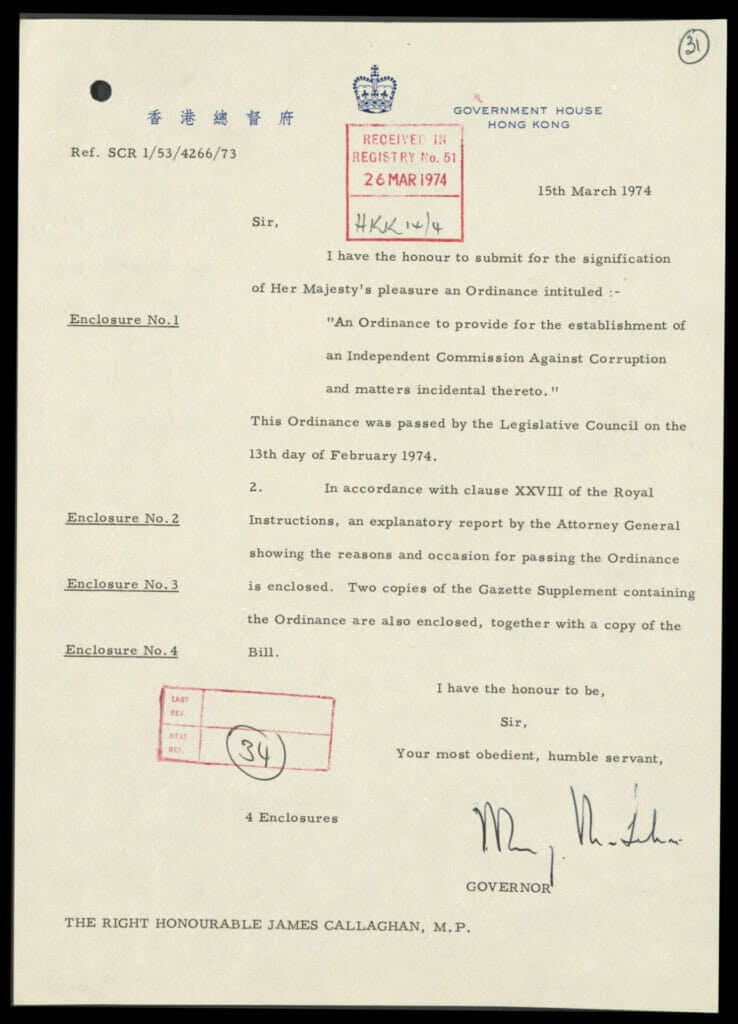
One major achievement of the ICAC was its investigation into the notorious Yaumatei corruption case. As shown by a despatch from FCO to Governor MacLehose in March 1978 (below), as many as 149 officers were suspected of involvement in the case and investigated, and 142 were charged and dismissed from public service.
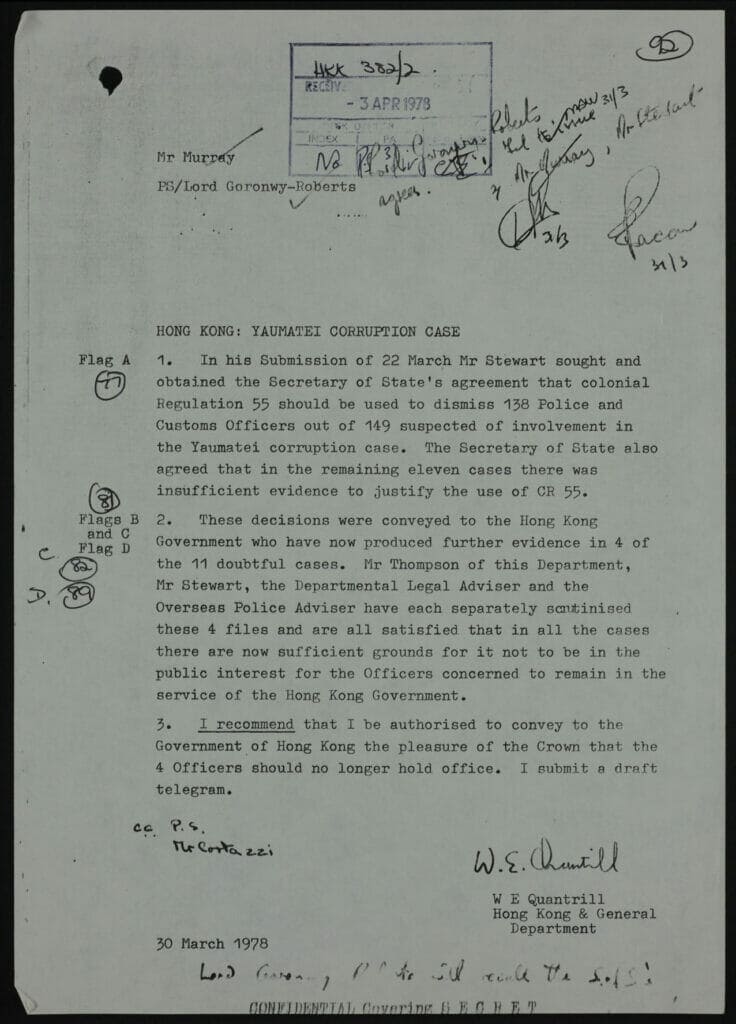
• The Impact of the Cold War and Proximity to China
Due to its geographical proximity to Guangdong Province, what happened in mainland China during the Cold War era had a direct bearing on Hong Kong, sometimes causing worries and anxiety among Hong Kong government officials and local residents. These include political events like the Cultural Revolution, or economic events like China’s opening-up and economic reforms. A case in point is the building of a nuclear power plant in Dayawan or Daya Bay, Guangdong.
During a meeting with the then Chinese vice premier Li Peng in London on June 9, 1986, British Secretary of State for Trade and Industry Mr Paul Channon brought up the Guangdong nuclear power station project and the safety concerns in Hong Kong.
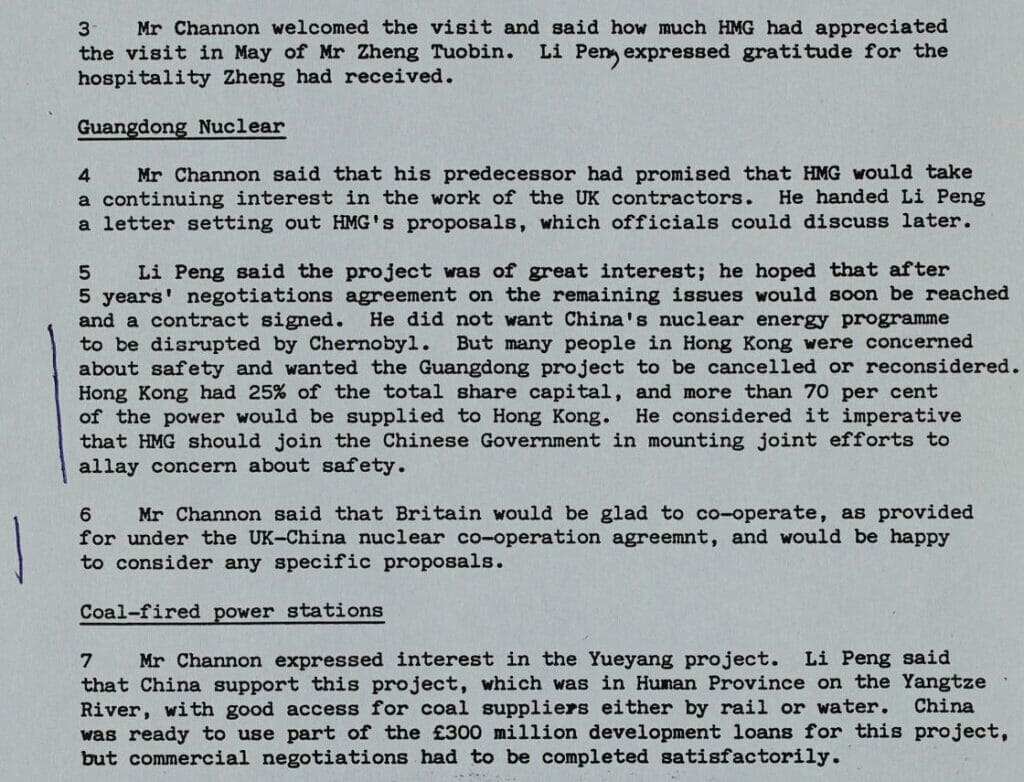
The Hong Kong government also sent a confidential telegram to London, asking the latter to convey its safety worries to Li Peng and urge the Chinese government to strengthen its nuclear safety administration.
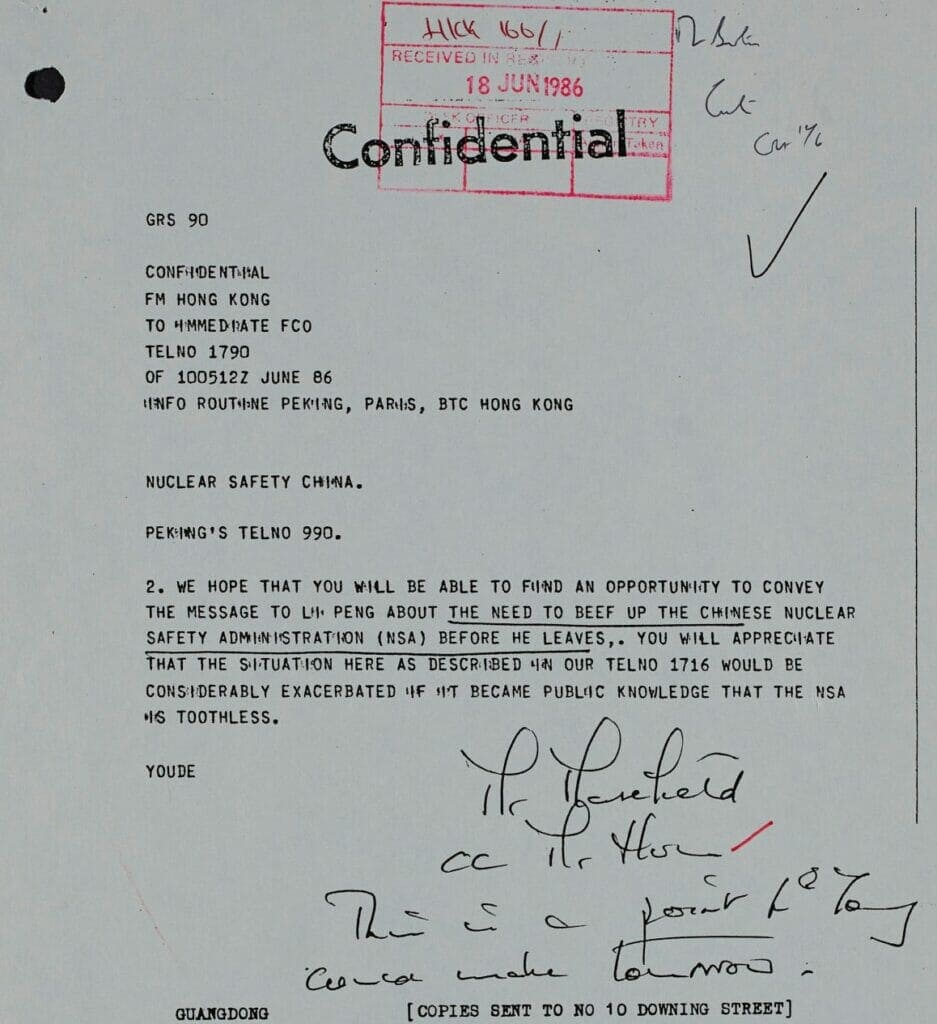
• The Transfer of Sovereignty to China
Negotiations between the Chinese and British governments on the future of Hong Kong started in the early 1970s due to worries about the forthcoming expiry of the 1898 New Territories Lease. For initial negotiations, Britain wanted to extend the lease but in vain and so shifted the focus of negotiations gradually to when and how to transfer the sovereignty of Hong Kong to China. Two landmark documents were drafted in the lengthy process: first, the Sino-British Joint Declaration on the Question of Hong Kong, which was drafted in 1984 and became effective in 1985. Below are the cover and signature pages.
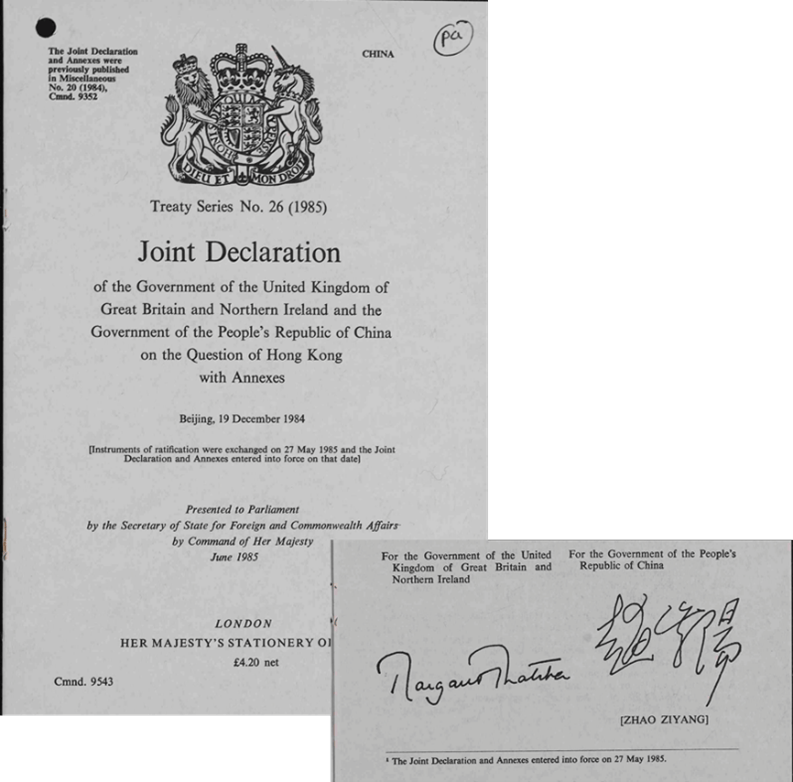
The second one is the so-called Basic Law, which functions as a mini constitution. One defining featuring of this Law is the guiding principle on the administration of post-1997 Hong Kong – “one country two systems” – hammered out by the two sides based on the agreement reached between Deng Xiaoping and Margaret Thatcher. Below is a page from a draft version of the Basic Law.
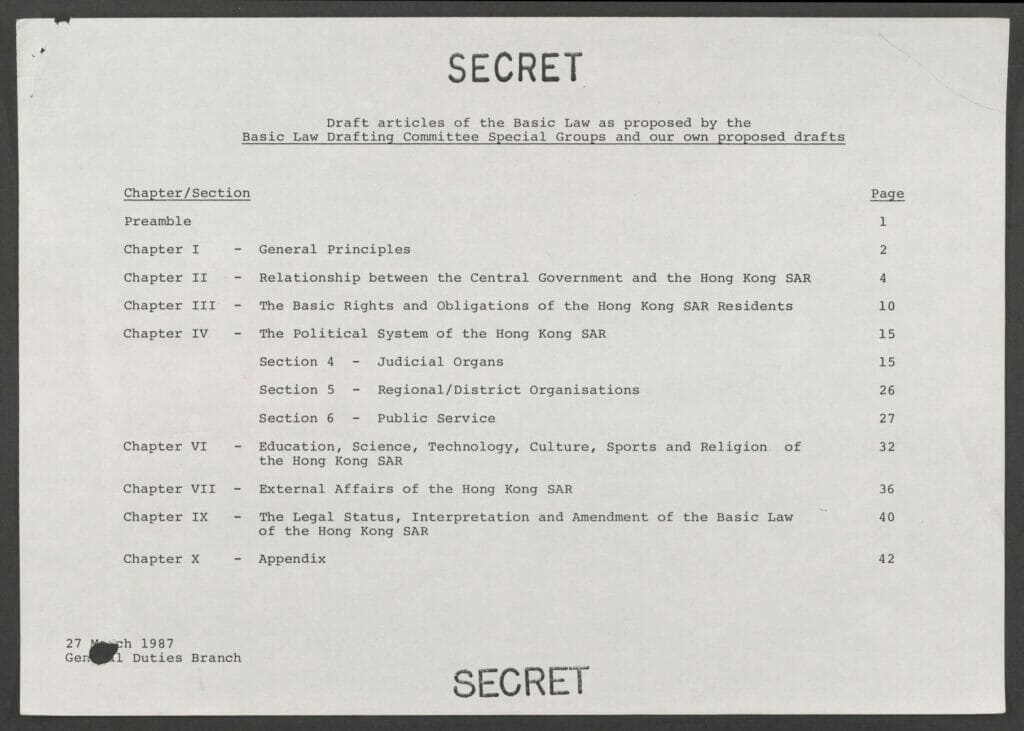
Unfortunately, some loopholes and ambiguities have presented themselves since 1997, such as its failure to address the national security issue. This more or less planted the seeds for the 2019 protests.
New Features
Gale has developed some value-added features when digitising this archive. To address the inadequacy of existing Finding Aids, we have created item-level metadata from scratch for all the selected files from FCO40 and FCO21. This will enable scholars to conduct in-depth and meaningful searches within this archive.
Second, we have implemented “related resources” by linking the primary source material included in this archive to topically related Gale secondary resources already subscribed by institutions—such as eBooks—to help users to gain some contextual knowledge when examining these invaluable historical records.
Related Gale Digital Archives
Gale has released several other digital archives that form a perfect supplement to this new one. Together they provide a set of invaluable primary sources needed by scholars researching the long history of Hong Kong and modern China, as well as China’s relations with Britain and the United States during 1841–1993. These include:
- China and the Modern World: Hong Kong, Britain, and China Part I, 1841–1951
- State Papers Online: Colonia Asia Part I: Far East, Hong Kong, and Wei-Hai-Wei, 1570–1953
- China and the Modern World: Imperial China and the West Part 1, 1815–1905 and Part II, 1865–1905
If you enjoyed reading about social, economic and political issues in Hong Kong, 1965–1993, you might like these other blog posts:
- Tears, Cheers, The Archers, and Soy Sauce: The Hong Kong Handover of 1997
- The History of Extradition in Hong Kong
- Discover the History of British Hong Kong Through Handwritten Documents
- Asia, as Recorded in British Colonial Office Files
- The Rise and Fall of Chinese Indentured Labour
- Rediscovering China and the World in the Nineteenth Century
- Ernest Mason Satow: An Essay
Cover image citation: A montage of images created from sources found within this blog post.

